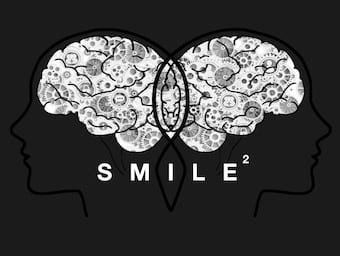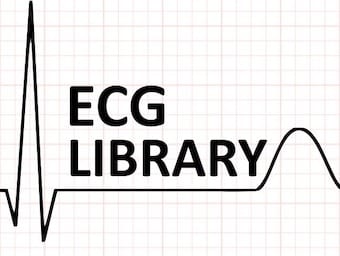Top 10 Tips for FOAM Beginners
Top 10 tips for FOAM Beginners - how to make the most of free open access medical education #FOAMed
Top 10 tips for FOAM Beginners - how to make the most of free open access medical education #FOAMed

The Procedures Course is a 'hands on' cadaver based course designed to help you achieve mastery at life-limb-and-sight saving procedures.

Guest post by Dr Akmez Latona as he enters advanced training in Emergency Medicine

The ECG Academy is run by electrophysiologist Dr Nick Tullo and is designed to teach readers how to expertly interpret (ECG / EKG) at your own pace. The videos are hosted at ECGAcademy.com and include easy to understand video lessons

Dr Nicholas Tullo's impressive ECG Academy. This subscription-based educational resource is packed with video tutorials created by a master educator.

Fritz Valdemar Rasmussen (1837-1877) was a Danish physician. Co-editor of the Hospitals-Tidende Journal, Rasmussen recorded cases of massive haemoptysis secondary to pulmonary artery aneurysm in association with tuberculosis - eponymously termed the Rasmussen aneurysm

You have been asked to assess a previously healthy 32-year-male who has presented following a high- speed motorbike accident. He has a Glasgow Coma Score of 15, a distended abdomen and a bleeding left leg wound.

Describe the ultrasound features that help differentiate the internal jugular vein and the carotid artery? List the complications of central line insertion.

Outline the key issues in the post-operative management of a super-obese (BMI 59) patient with type 2 diabetes following sleeve gastrectomy.

Outline the strengths and limitations of the current Surviving Sepsis Campaign Guidelines, using examples to illustrate your points.

Outline how the pathophysiological changes in septic shock affect the pharmacokinetics and pharmacodynamics of commonly used antimicrobials.

A 42-year-old male is admitted to ICU following a cadaveric orthotopic liver transplant for end-stage liver disease secondary to alcohol-induced cirrhosis.